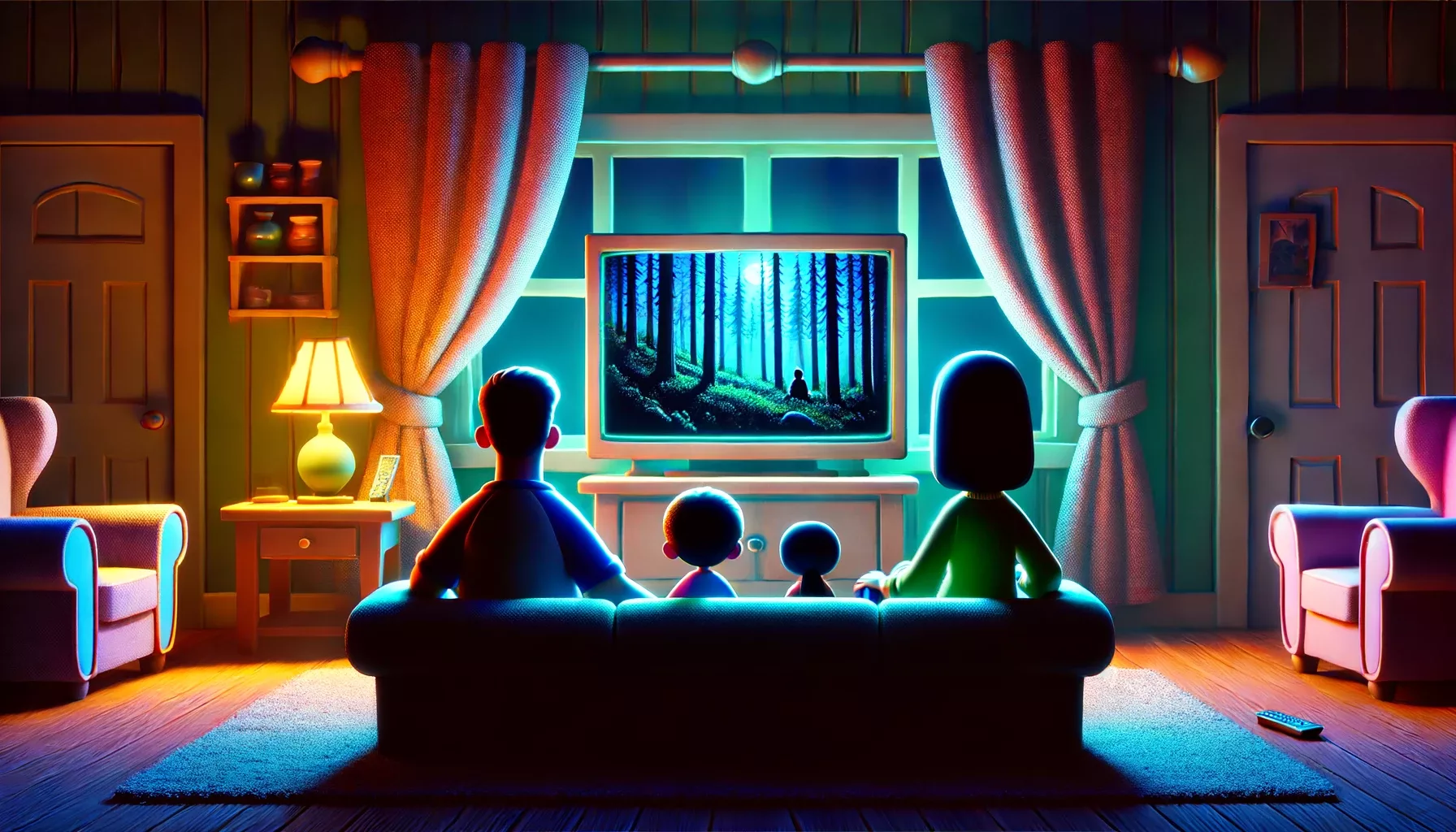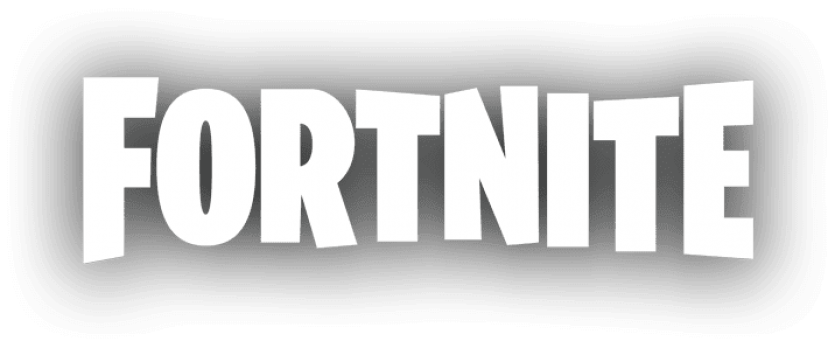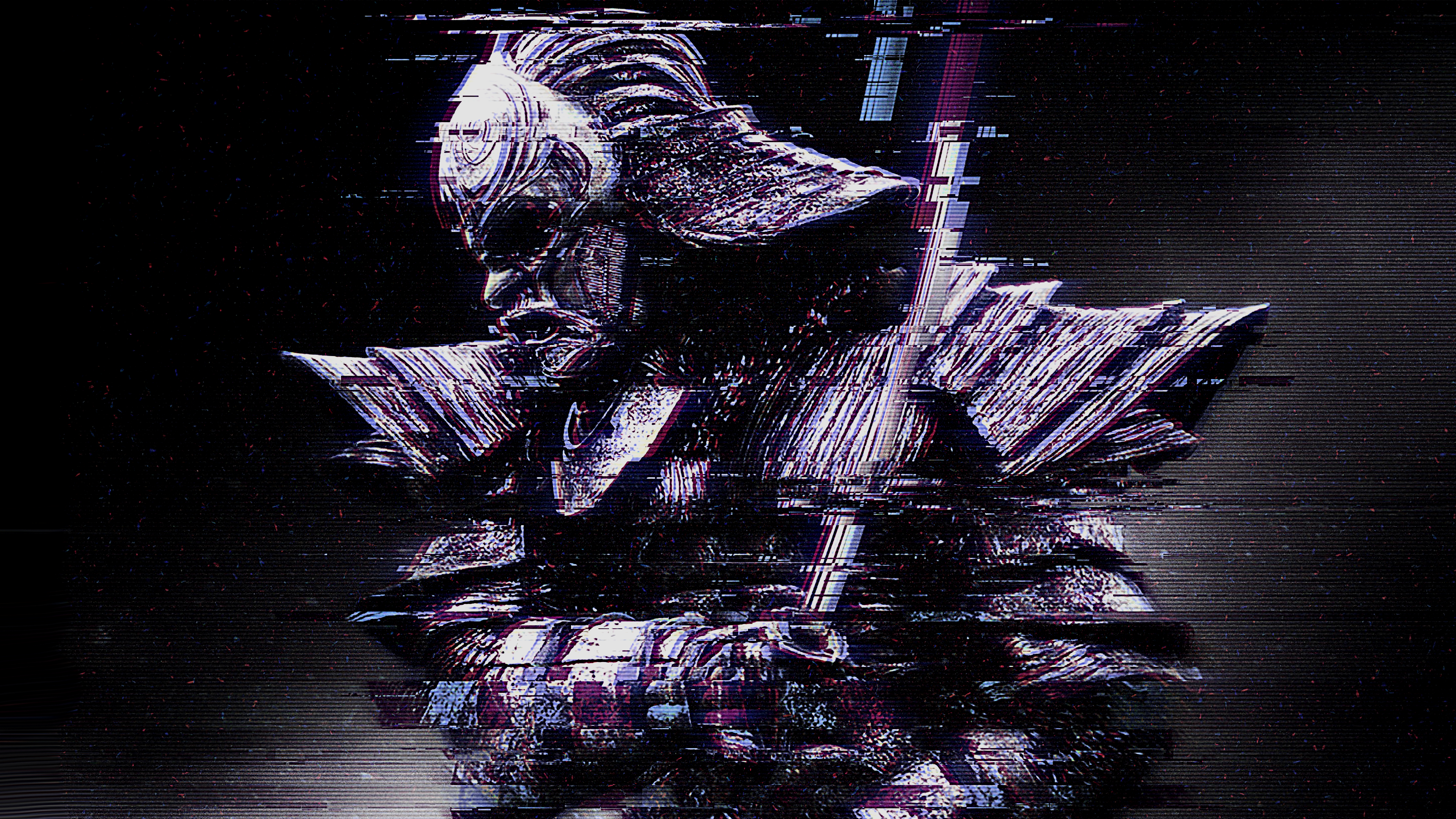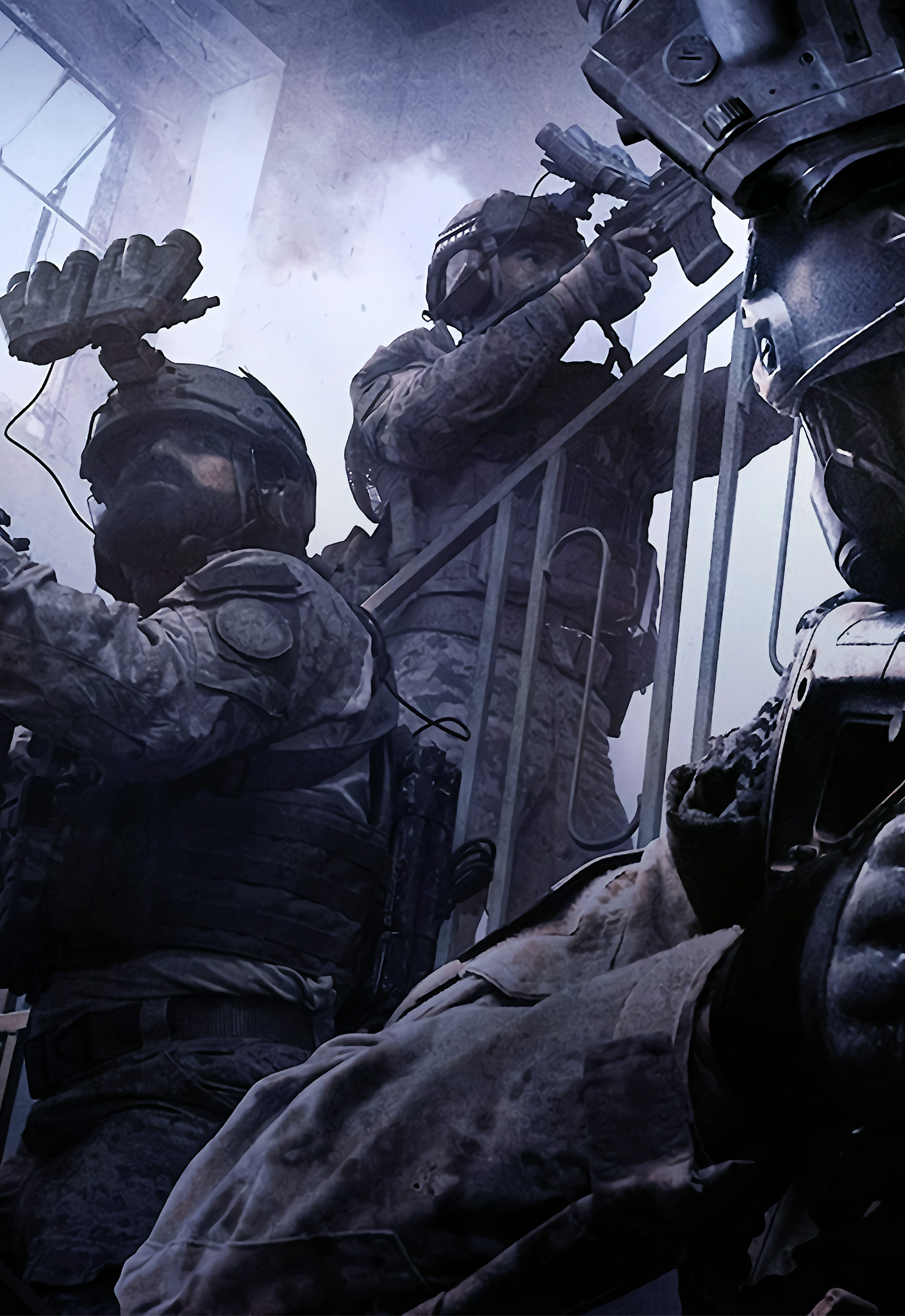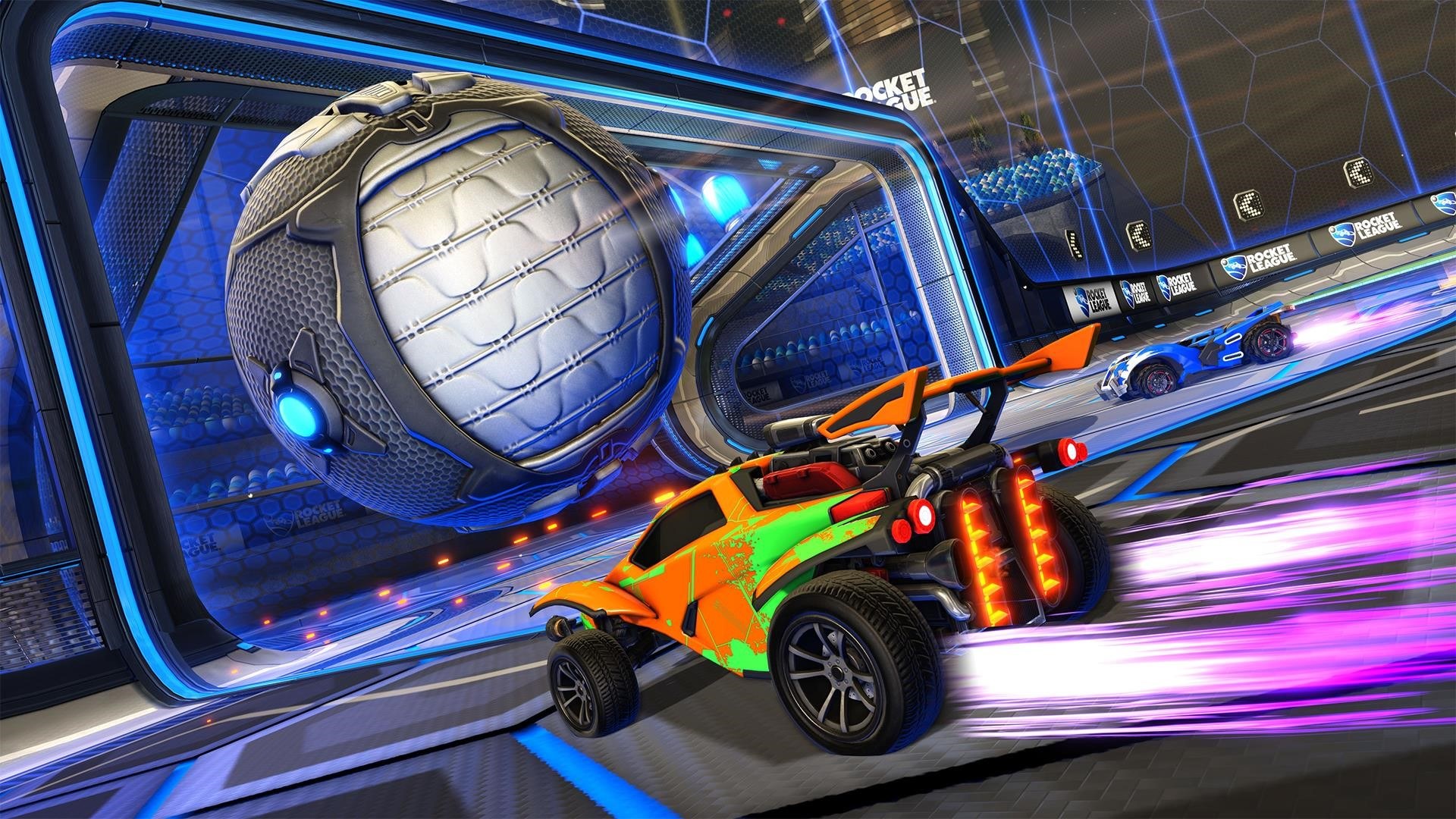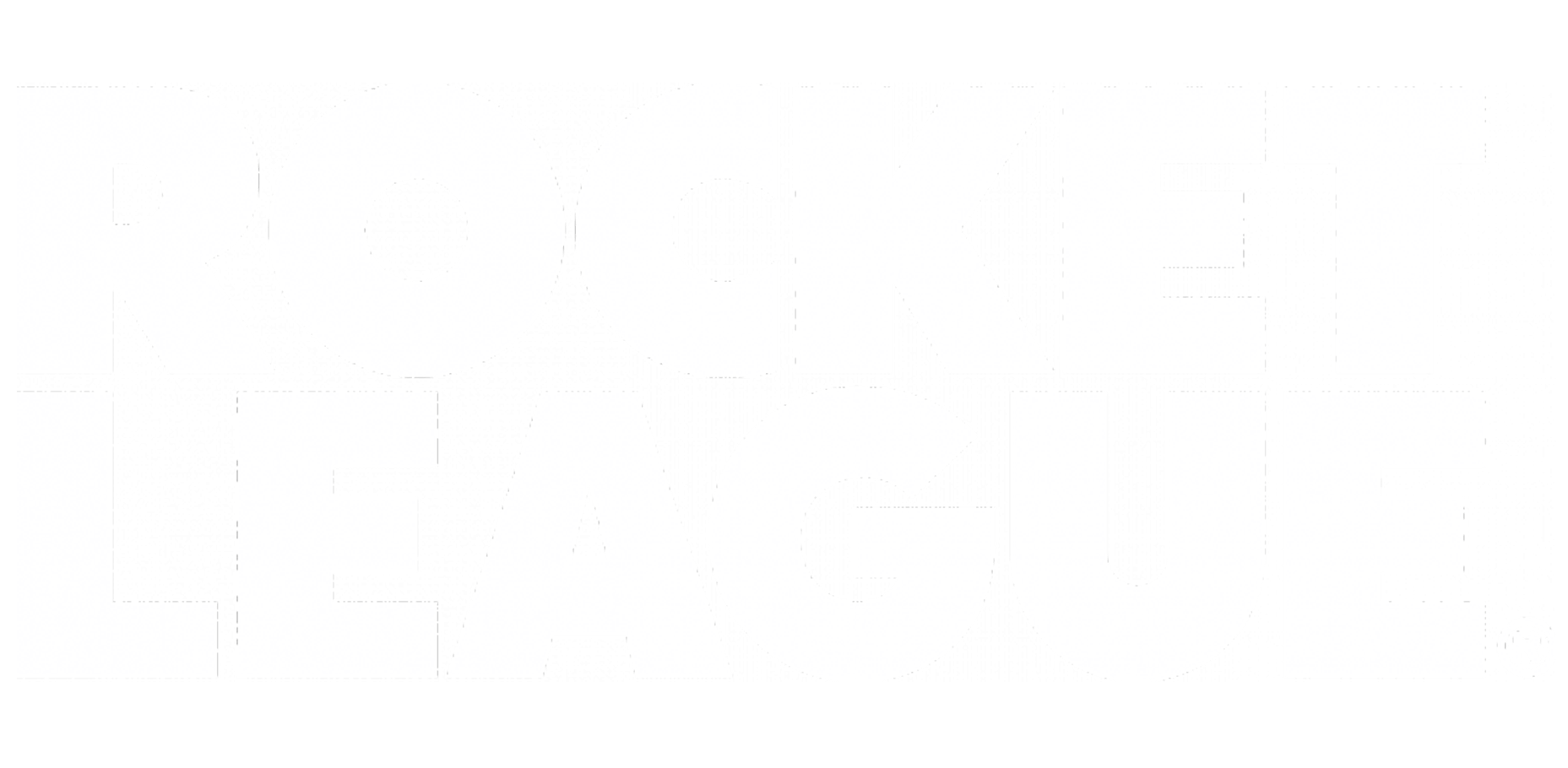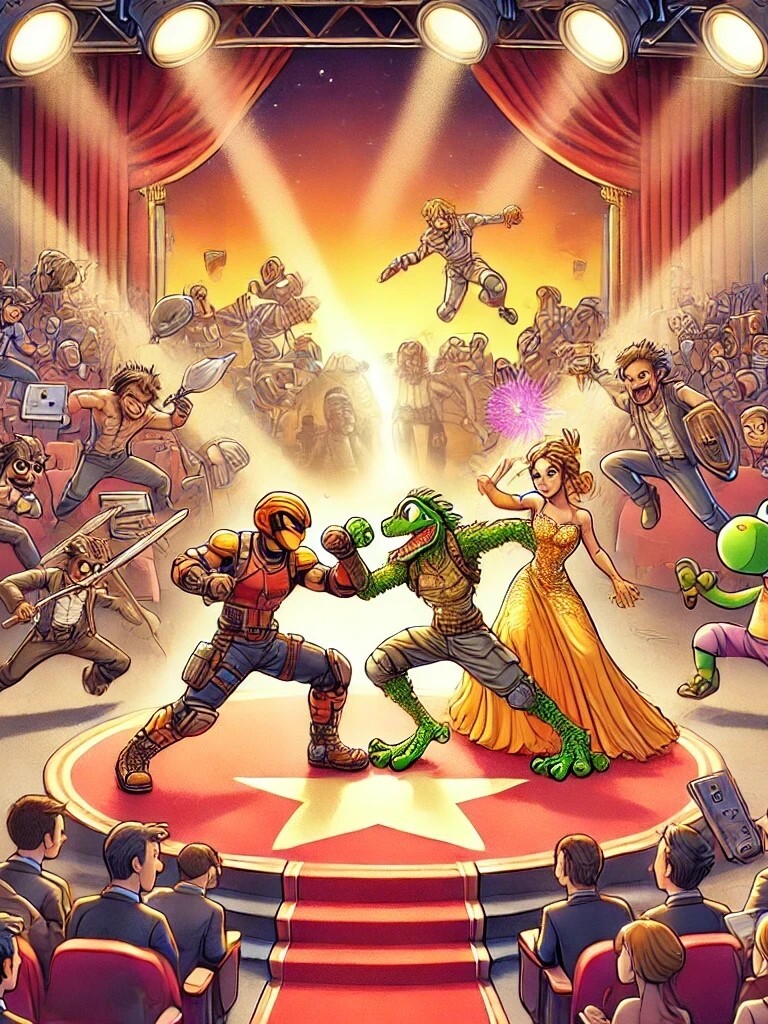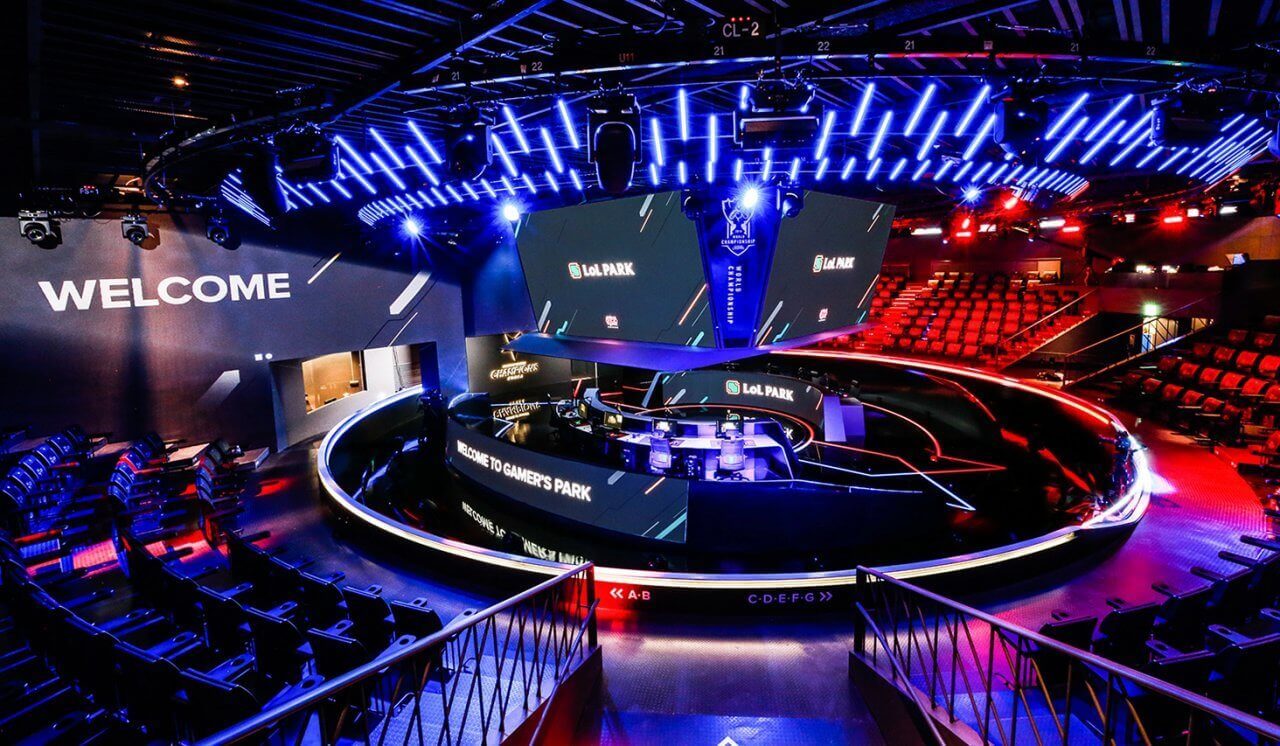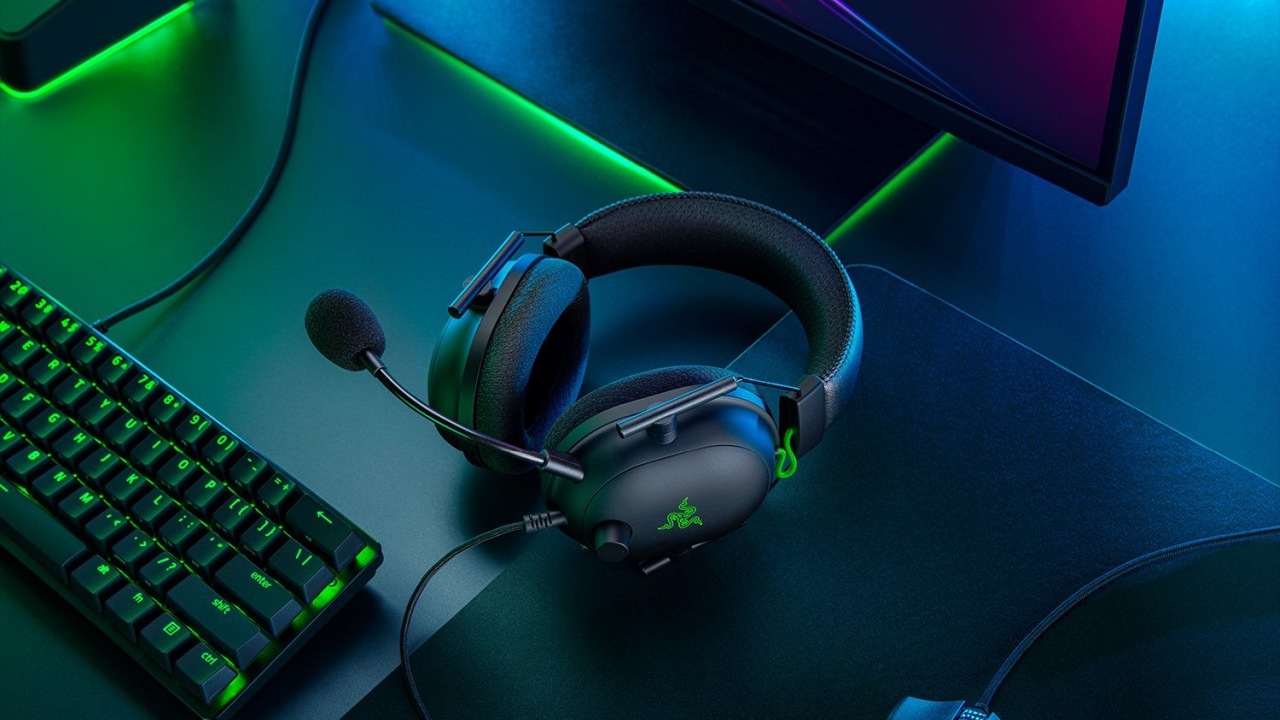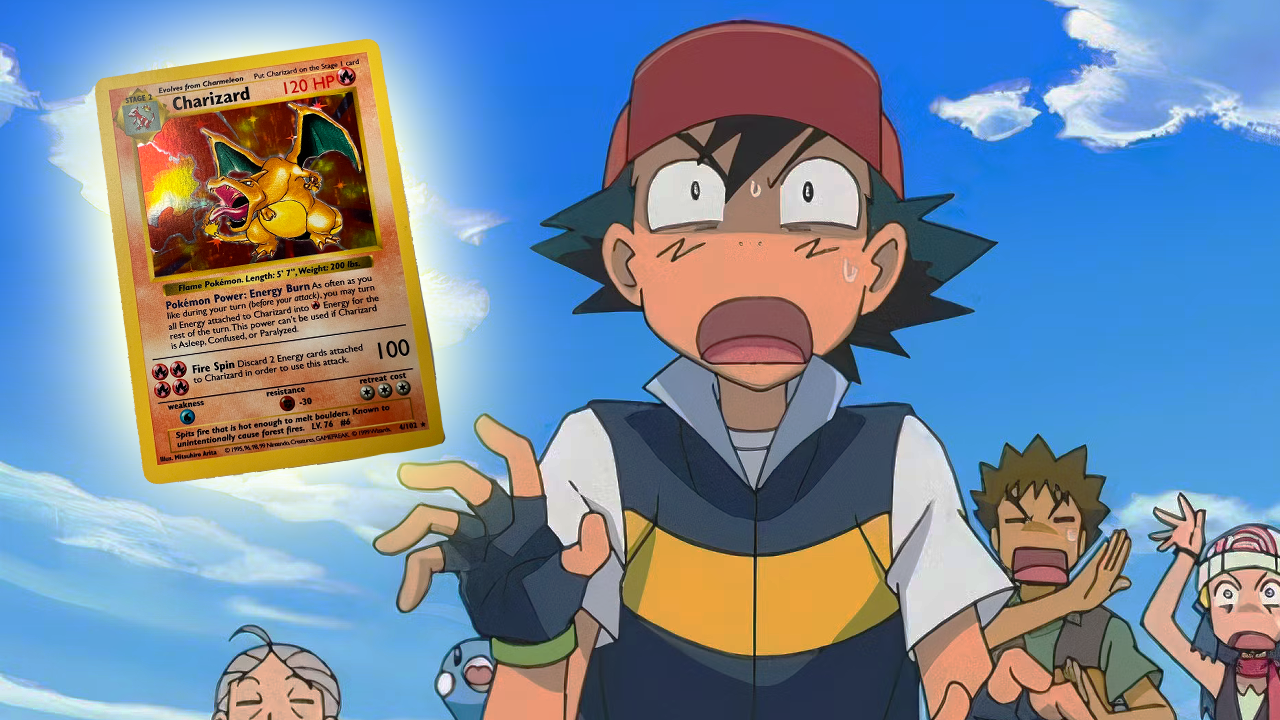A seller claims an unopened $30,000 booster pack hides a Charizard – and has the CT scan to prove it.
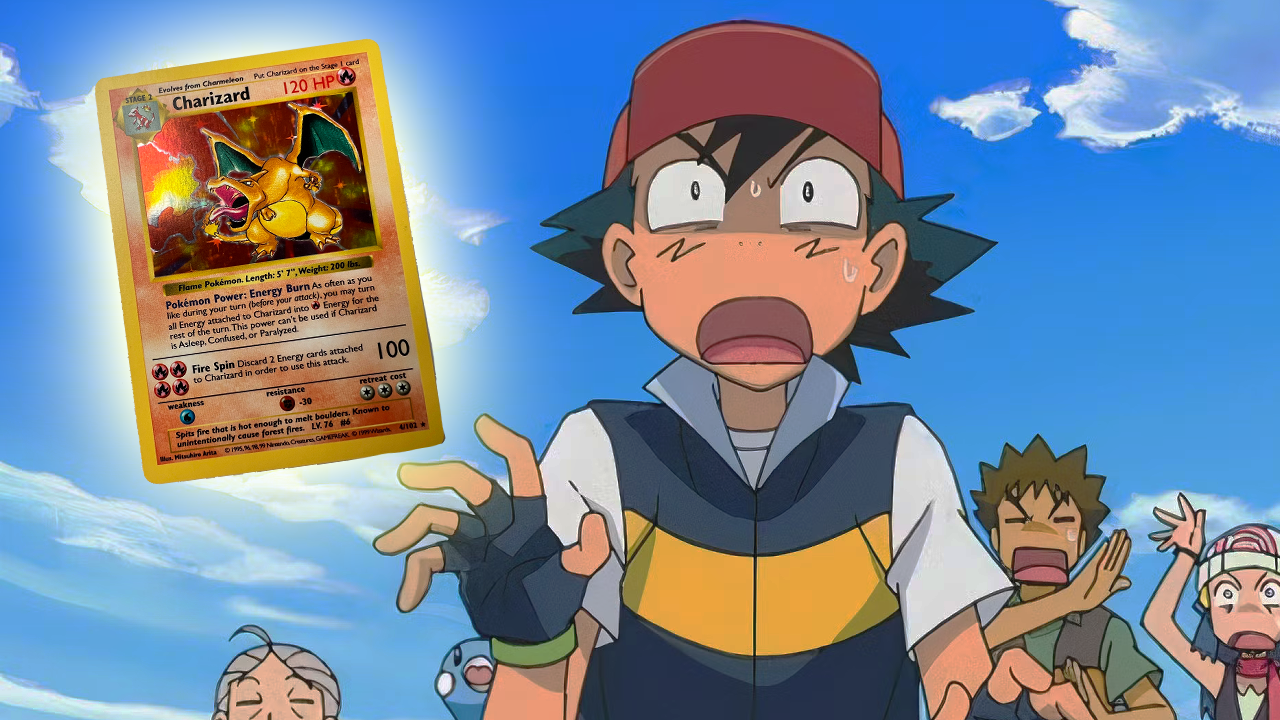
A Pokémon booster pack listed on eBay for $30,000 is turning heads – and not just because of the price. The seller claims the sealed pack from 1999 contains one of the most sought-after cards in the Pokémon Trading Card Game: a shadowless Charizard.
And to prove it? They used a CT scanner.
Yes, really.

The seller, using the eBay handle “restoreyouredatsun,” says they submitted the pack to a scanning service offered by Industrial Inspection & Consulting, a company typically focused on industrial quality control.
According to the listing, the scan revealed the unmistakable silhouette of a Charizard card – more specifically, a version, which is known to be rarer and more valuable other later prints.
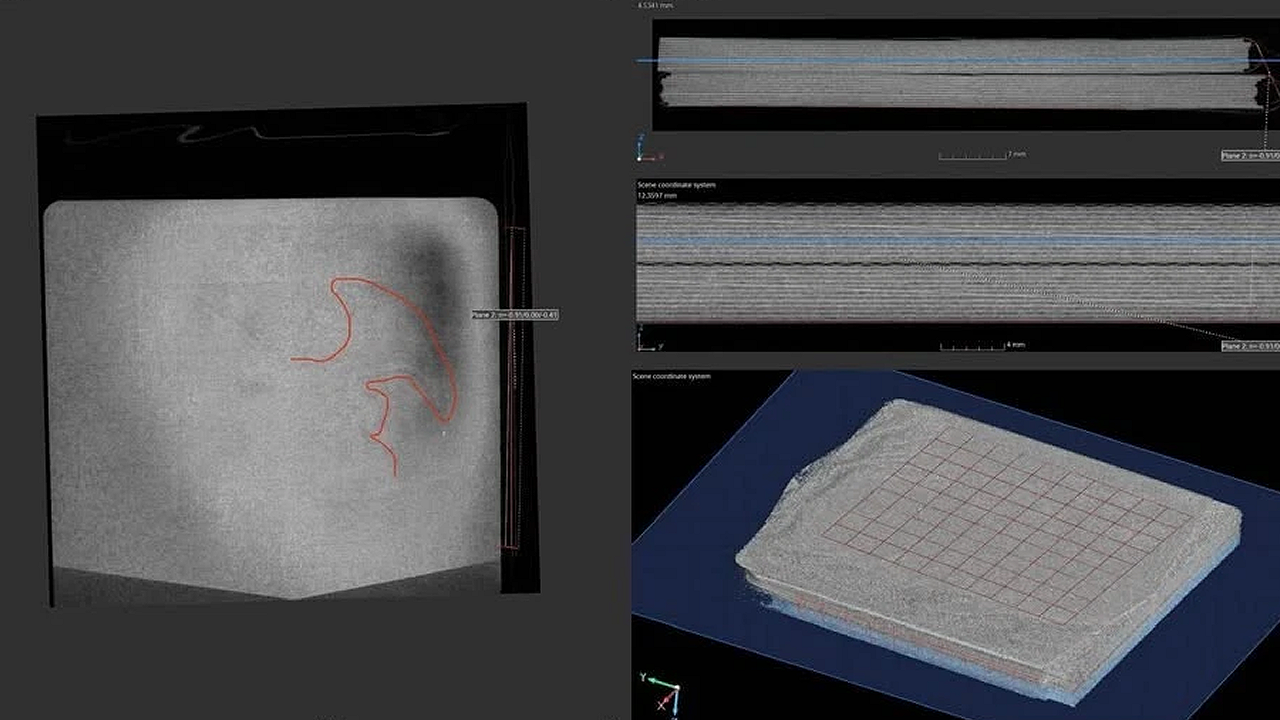
This kind of peek inside sealed packs may sound like science fiction, but it’s a technique that has been gaining traction in the collecting world since at least 2024.
That’s when YouTuber okJLUV posted a video documenting the process and its potential for verifying what’s inside unopened booster packs without opening them.
The Price Of Nostalgia
(Full disclosure: I’m not a trading card collector – but I was curious enough to dive into the topic.)
For those unfamiliar with the market, Pokémon cards – especially rare, early-edition ones – can sell for astonishing prices.
A Pikachu Illustrator card from 1998 reportedly sold for over $5.2 million in a private sale. A Charizard (Topsun blue back) from 1997 sold for nearly $500,000.
Even more widely circulated versions can fetch significant sums. First edition shadowless Charizards, depending on their condition, often sell between $3,500 and $8,000, while especially pristine or graded versions can go far higher.
Naturally, collectors want to be sure of what they’re buying. That’s where CT scanning comes in.
How It Works
CT scanning is still in its early stages in the collectibles market, but it's a sign of how far enthusiasts are willing to go to protect – and profit from – their investments.
CT (computed tomography) scanning uses X-ray imaging to produce detailed internal views of objects – in this case, booster packs.

At the head of this emerging technique is a company called Industrial Inspection & Consulting, a U.S.-based firm that traditionally specializes in non-destructive testing for industrial components (like turbines, electronics, and aerospace components).
The idea is that by scanning a sealed pack, technicians can identify subtle differences in the density and layering of the cards inside.
The foils, shapes, and even faint outlines of certain Pokémon can become visible under high-resolution analysis.
You can see an example of one such scan in the image below:

The company usually charges $75 per scan for individual packs.
It’s worth noting that the company doesn’t guarantee the presence or authenticity of any specific card. They simply provide the scan data; interpreting it is up to the customer.
So, while the technology offers a glimpse inside, it still stops short of providing 100% verified proof.
High Stakes And Higher Standards
The use of this technology adds a new layer to a hobby already known for its attention to detail. In the world of Pokémon collecting, condition and rarity are everything.
That’s why buyers go to great lengths to verify what they’re getting.
Collectors sometimes travel to experts to authenticate their cards. Even the tiniest scratch, printing error, or packaging inconsistency can have a big impact on value.
The difference between a shadowed and a shadowless Charizard, for example, might come down to a faint visual border – but can mean a difference of thousands of dollars.
Traditionally, authenticating such cards requires opening the pack, which obviously destroys its sealed value.
CT scanning, in theory, offers the best of both worlds: the pack remains sealed, but the contents are visible enough for educated speculation.
Final Thoughts
For most people, dropping $30,000 on a sealed pack of Pokémon cards – just because a scan might show a Charizard inside – sounds absurd.
Whether that price is justified is something only serious collectors can truly answer.
But even for those outside the hobby, it’s hard not to find the whole thing fascinating. The fact that people are now using CT scanners to check for cards – technology made for aerospace and medicine?
That’s objectively kind of cool.




